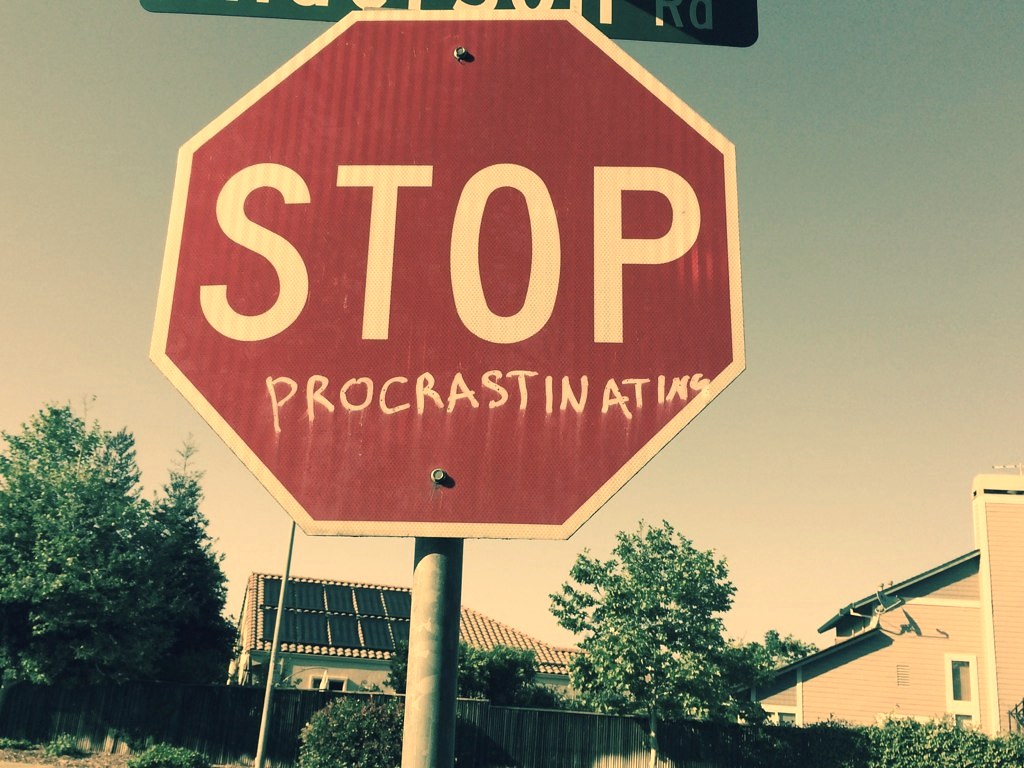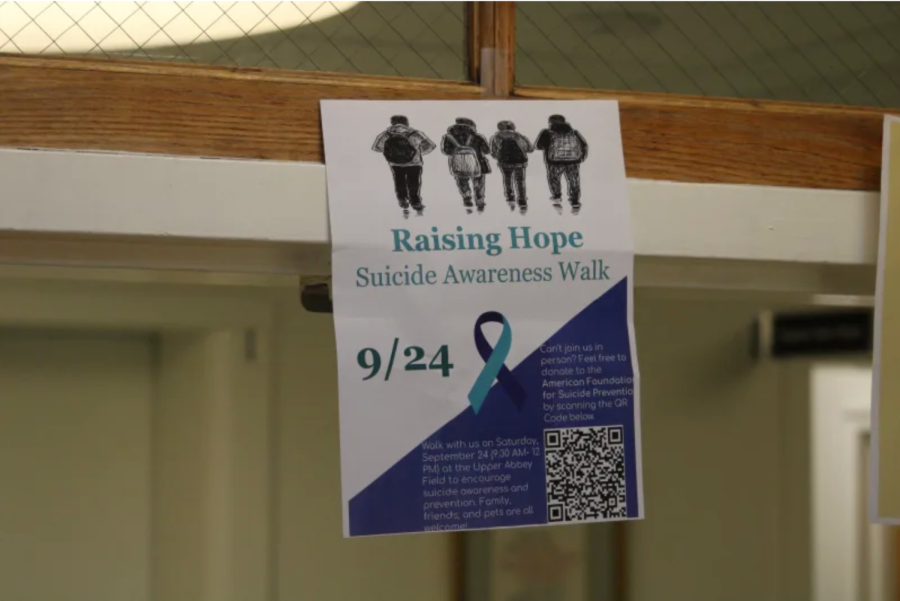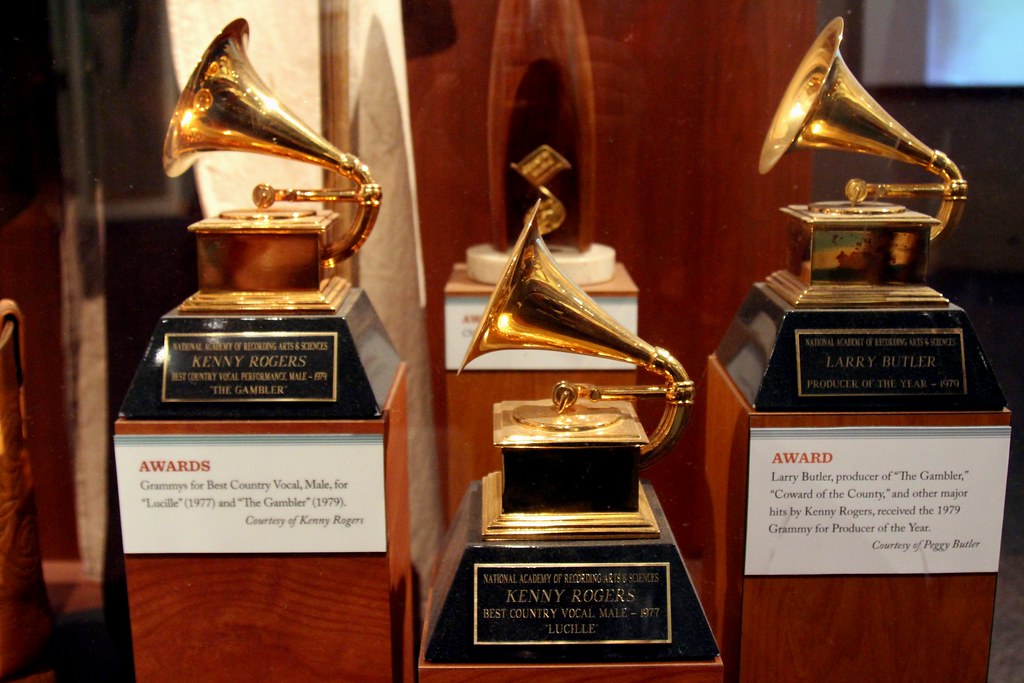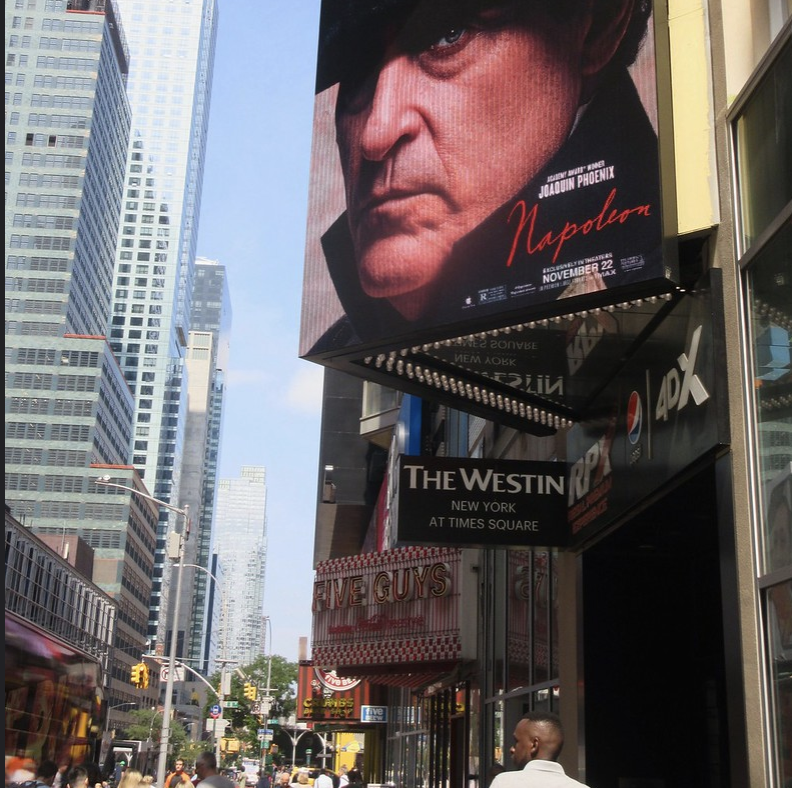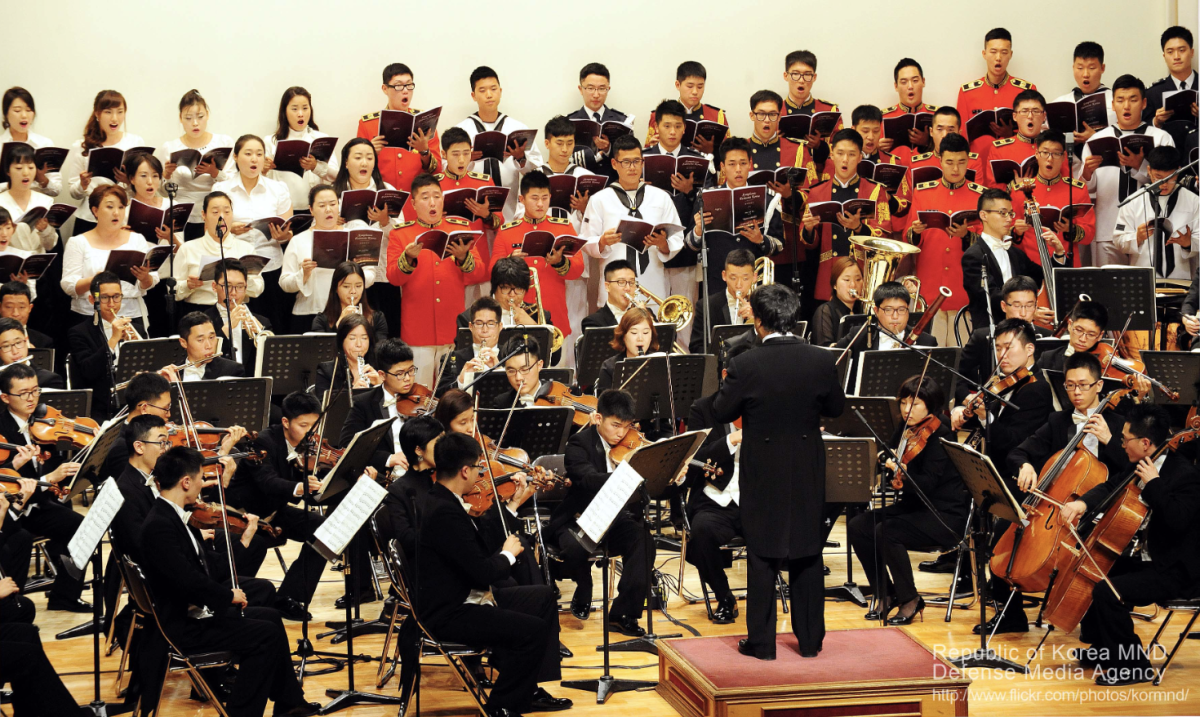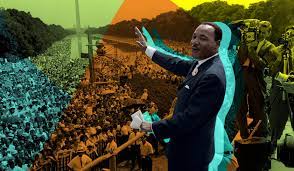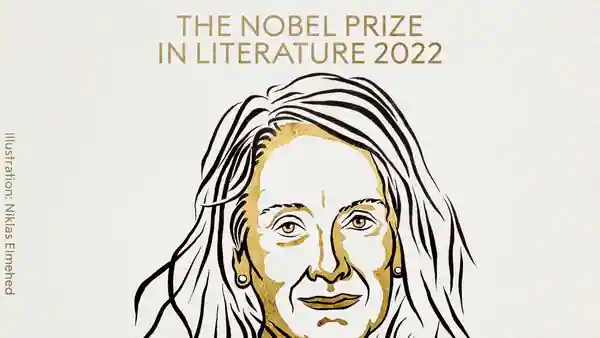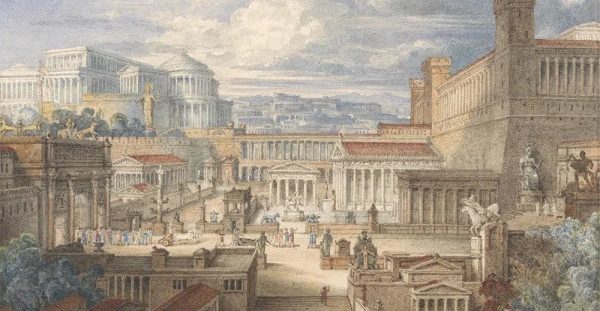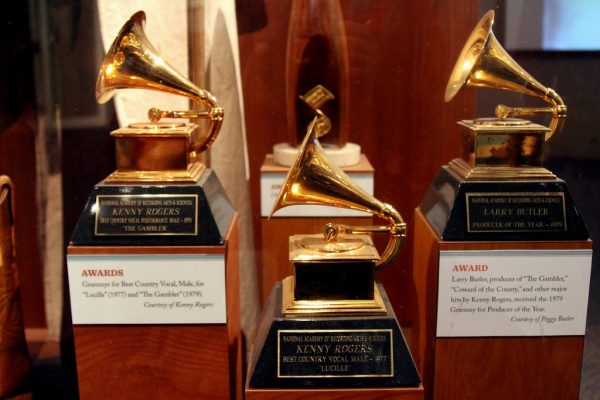West Side Story – Review
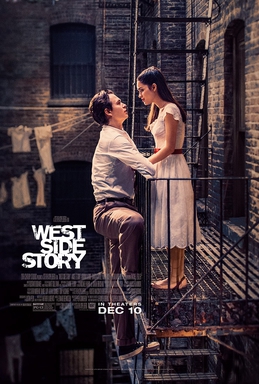
February 15, 2022
West Side Story is a musical that was first released in 1961, by directors Jerome Robbins and Robert Wise, based on the Broadway musical of the same name first staged in 1957, which reached immense success during its four-year run. The idea behind the story was a modern rendition of Shakepeare’s classic Romeo and Juliet, and centered around a member of a Puerto Rican gang, and a member of an “American” gang who fall in love and struggle againstcultural tensions between their respective friends and compatriots.
The 1961 film version of West Side Story was highly praised by mainstream critics for its selection of instantly classic songs, and a wonderful cast, including Natalie Wood, Richard Beymer and Rita Moreno, one of the first Puerto Rican women to find success in film acting. The popular opinion at the time was similar, with the romanticism and the sappy dialogue drawing on American dream of true love at the time. In the half century since the movie’s release however, popular opinion of the movie has shifted. While the critics still hold their opinion that the movie as one of the best ever produced (West Side Story placed number 41 in the American Film Institute’s list of greatest movies of all time), citing the beautiful choreography and revolutionary musical numbers, the mofern audience finds it harder to look past the dramatic, innocent rendition of gang warfare and the cheesy, aging dialogue. As awareness of the gang world increases, acceptance of West Side Story as a masterpiece decreases.
Recently, Steven Speilberg decided to revitalize the famous tale of love and hardship for a modern audience, and delivered a well done, if flawed rendition of West Side Story. The movie was released to critical acclaim and a generally accepting audience, who cited its improvements to beautiful staging, dialogue improvement, and excellent choreography as reasons to enjoy this movie. These are all major positives to this movie, and are really what makes this version an enjoyable experience. First and foremost, are the more realistic updates made to character interaction and dialogue. This movie takes off when it is allowed to expand past the original source material and become something more, and can really be seen in the more realistic view it provides of gang violence. Speilberg’s remake informs us from the very first scene to expect a more serious portrayal of gangs and racial tensions during the 1960s, which makes the payoff at the end far more believable, as well as giving the conflict between the two rival gangs throughout the movie more gravitas and believability. That being said, the story is still confined by the pacing of the 1950s play, and because of that the romance between Maria and Tony seems even more artificial than it did in the 60s. The more realistic background seems to highlight the “love-at-first” sight cliche that made far more sense when combined with the innocent tone of the original.
The staging in this movie is beautiful and symbolic, as Speilberg adds his signature artistic spin to the famous sets in the background of West Side Story. Every scene in this movie is performed on a stage that both establishes the mood for the audience, and allows the actors enough room to both use the scenery and not be confined by it. When Speilberg wants the environment to be an open, realistic take on a slum in the mid-twentieth century, that’s where that scene takes place, but when two characters are having a smaller more personal moment, the area they perform in is always more confined and more intimate, almost like the world zeroes in on that one moment. At times, the set becomes less a location and more a stage, allowing the characters on screen to be completely alone, like a natural spotlight is flashed on them. This happens most often when Tony and Maria, the two love birds, are together on the screen. There is a moment in the film when the two first spot each other in a school gym at a school dance. Their eyes meet and they slowly walk in harmony across the dance floor, meeting finally behind the gym bleachers. They start to dance together, and when they do, the other dancers in the background literally fade out, replaced by purple and blue light shining through the bleacher slats. In moments like these, the world becomes less realistic and more fanciful and imaginative, which allows the audience to feel involved in the new love blooming between the two romantic leads. This same scene exemplifies another positive about the set design: the lighting. The lighting in this movie is always a perfect compliment to the mood. In the aforementioned scene, the light is soft blue and purple to symbolize love, joy, and intimacy, but when two gang leaders plan a dangerous fight in the bathroom, the light shining through the windows is unnatural and bright, which gives the viewer a sense of the raw emotions of the characters and the tragedy they will eventually bring. When the lighting is dim and shadowy, death and fear are the principal feelingsof the characters on screen, and when it is colorful the characters on screen are experiencing a moment of calm or of happiness.
The choreography in this version of the movie is definitely one of its best qualities. The actor’s movements and how they interact with the surrounding scenery is done well, and has an off-kilter meticulousness that makes the dancing seem more organic in the environment. This makes the dancing feel natural, unlike most musical movies which tend to feel like a taping of a Broadway play put to screen. The organic nature of the choreography allows complex and mature themes to be expressed through sequences of dance. Speilberg uses this to his advantage, as he tackles his darker take on gang violence and combines it with the song sequences from the original. In this way, Speilberg allows this movie to be both a historical commentary and a faithful adaptation of a beloved musical.
However, the film is not without its flaws. The biggest negatives in Speilberg’s West Side Story are the song numbers themselves. It is unfortunately the curse of remaking a musical that the same songs are required for it to please audiences. The issues with the songs are more prominent in the beginning of the movie, when the times that characters break into song are fewer and far between. These occasional songs are separated by very important character development and heavy topics concerning race relations and juvenile crime. This leads to a tonal shock between the regular dialogue and the songs, as a character will go from arguing with his friend about being forced back into a life of crime after landing in jail due to attempted murder to swinging around ladders and singing a gleaful song about hope for the future. This style proved useful in the 1961 original because the serious conversations were handled with a lighter, less serious attitude, but in the remake going from intense and introspective conversation about a drastic change in someone’s life to a silly song is not quite as effective. Some songs feel forced, as if the writers needed to fit songs that made sense in the original into a scene that has been altered in the remake, and the product is off putting. Some performances, like “Maria” and “America” seem far more out of the blue than they did in the original movie. While some songs are still just as effective, like “Tonight” and “I Feel Pretty” and “Gee, Officer Krupke”, other, weaker songs are outdone by the excellent choreography on screen throughout the song sequences. This makes the dancing far more memorable than any of the lyrics. The songs overall, are certainly the weakest link in an overall strong remake.
With all of this in mind, the key question is, Did we need a remake of West Side Story? Did it give us anything important enough to create a whole nother movie? The answer is “yes!”. Though Speilberg’s West Side Story has its low points, it gives the general public an adaptation that exposes a more realistic version of the classic tale of two “star-cross’d lovers”. This serves to solidify the legacy of the original movie, as well as offering a new beautiful and well-written emotional rollercoaster that feels worth it in the end. Introducing this story to the new generation also keeps Shakepseare’s Hamlet, a landmark in the history of literature, spiritually alive for a few more years.



